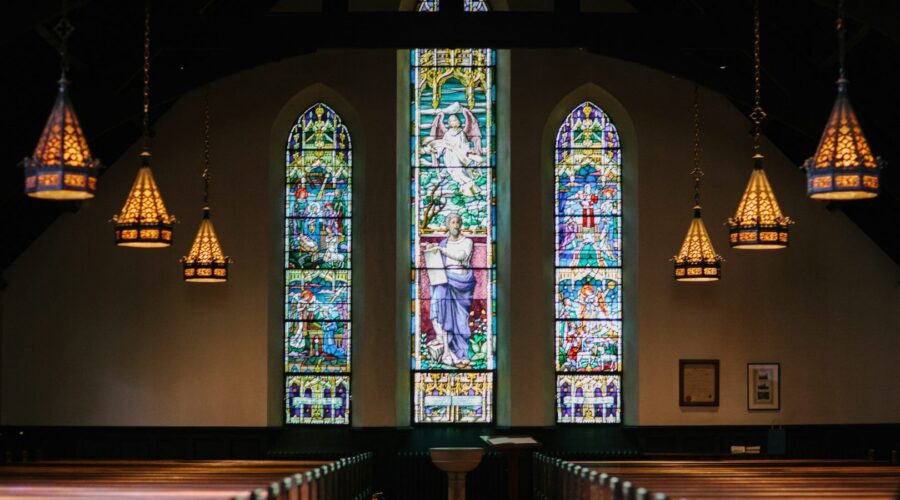Your cart is currently empty!
Discover the Historical Significance and Preservation of Heritage Churches

Understanding Heritage Churches
Heritage churches are historic religious structures that hold significant cultural, architectural, and spiritual value. They serve as tangible reminders of past generations and play a crucial role in preserving and perpetuating cultural heritage. Here are some key aspects:
Architectural and Historical Significance
* Heritage churches showcase diverse architectural styles spanning centuries, from Romanesque to Gothic and Baroque.
* They embody the craftsmanship and design sensibilities of their era, reflecting the social and religious beliefs of the time.
* Many heritage churches are listed as protected historical landmarks, recognizing their unique architectural and historical importance.
Religious and Spiritual Significance
* Heritage churches have been places of worship, offering solace, community, and spiritual growth for generations.
* They often contain priceless artifacts, iconography, and artwork, symbolizing the beliefs and practices of the congregation.
* These churches foster a sense of continuity and belonging, connecting present-day worshipers with their religious heritage.
Preserving Heritage Churches
Preserving and maintaining heritage churches is essential for safeguarding their historical and cultural legacy. Here are some strategies:
Adaptive Reuse
* Adaptive reuse involves repurposing heritage churches for new or alternative uses while preserving their original character.
* This can include converting them into libraries, art galleries, or community centers, ensuring their continued vitality.
Maintenance and Restoration
* Regular maintenance and periodic restoration are vital for preserving the physical integrity of heritage churches.
* This includes repairing structural issues, cleaning facades, and preserving interior elements like stained glass and murals.
* Proper maintenance can extend the lifespan of these historic buildings and prevent costly repairs in the future.
Heritage Funds and Grants
* Governments, foundations, and private organizations often provide funds and grants for the preservation of heritage churches.
* These funds can support restoration projects, maintenance costs, and educational initiatives.
* Seek out available funding opportunities to secure the preservation of these valuable structures.
Community Involvement
Community involvement is crucial for the success of heritage church preservation. Here’s how individuals can contribute:
Volunteerism
* Volunteer your time to help with maintenance tasks, restoration projects, or community events organized by heritage church organizations.
Attendance and Support
* Attend services, events, and fundraising programs held at heritage churches.
* Your presence and support help sustain these churches and raise awareness about their importance.
Educational Initiatives
* Participate in tours, lectures, and workshops that educate the community about the historical and cultural significance of heritage churches.
* Spread the word about their value and encourage others to engage in their preservation.
Examples and Case Studies
* St. Paul’s Cathedral, London: A world-renowned Gothic masterpiece, it has undergone significant restoration efforts to preserve its architectural integrity.
* Church of Sant’Ivo alla Sapienza, Rome: Known for its unique spiral staircase, it is an example of Baroque architecture and has been preserved through ongoing maintenance.
* Hagia Sophia, Istanbul: An architectural marvel that served as both a Christian basilica and a Muslim mosque, it underwent restoration and conversion into a museum to safeguard its historical significance.
Tips for Preserving Heritage Churches
* Regular Inspections: Conduct regular inspections to identify potential issues and make timely repairs.
* Use Suitable Materials: Choose materials for repairs and restoration that are compatible with the original fabric of the church.
* Document Restoration: Keep detailed records of all restoration and maintenance work for future reference and historical purposes.
* Educate the Community: Raise awareness about the importance of heritage church preservation and encourage community involvement.
* Seek Professional Guidance: Consult with architects and conservators specializing in heritage preservation for expert advice and guidance.
Conclusion
Heritage churches are irreplaceable cultural assets that embody the history, traditions, and spiritual beliefs of past generations. By embracing adaptive reuse, adopting preservation strategies, and fostering community involvement, we can safeguard these valuable structures for future generations. Preserving heritage churches not only protects our architectural legacy but also enriches our cultural heritage, offering a tangible connection to our past and a source of inspiration for the future.